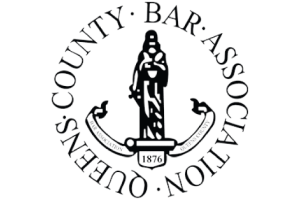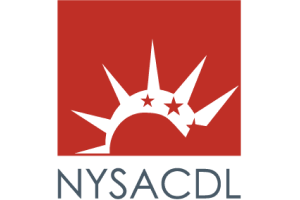Against Criminal Charges
Eyewitness Errors Are a Common Cause of Wrongful Convictions in New York
Eyewitness mistakes contribute significantly to wrongful convictions in New York, and state lineup protocols may not fully address the risk of these errors.
Testimony from eyewitnesses often carries special weight in criminal cases that are tried in Kew Gardens and other parts of New York. Jury members frequently believe that witnesses will have clear memories and provide a reliable source of evidence. Sadly, though, research indicates that this is not always the case. Eyewitnesses frequently make mistakes, and these errors have proven a common factor in wrongful convictions.
Troubling Statistics
Data on wrongful convictions that were overturned through DNA evidence reveals that eyewitness errors can have devastating effects. According to the Innocence Project, over 70 percent of these convictions involved mistakes on the part of eyewitnesses. Troublingly, these outcomes have occurred even in serious intimate crimes, such as sexual assault and rape, in which misidentifications may seem unlikely.
Here in New York, the rate of DNA exonerations that involve mistaken eyewitnesses falls below the national average. Still, according to The Huffington Post, this issue has contributed to over half of the state’s recorded exonerations. Many more uncaught wrongful convictions may have involved flawed eyewitness recollections and testimony.
Contributing Factors
The Innocence Project explains that eyewitness errors can occur for two primary reasons: system variables and estimator variables. Estimator variables occur at the scene of an alleged crime. As a result, they are impossible to control or eliminate. Examples of estimator variables include the following:
- Lighting and viewing distance. These factors may physically prevent witnesses from seeing the suspect or remembering the scene accurately.
- The presence of a weapon. Witnesses of alleged weapons or gun crimes might be unreliable because a weapon can cause high levels of distress and create a visual distraction.
- Differences in race. Research shows that eyewitnesses are more prone to make incorrect identifications when they have a different racial background than the suspect.
System variables, in contrast, occur when law enforcement authorities engage in activities such as interviewing eyewitnesses or conducting lineup procedures. These variables can also have significant impacts because human memory is malleable and prone to distortion. System variables are controllable and should be carefully managed to reduce the risk of errors. Unfortunately, authorities in New York still employ certain lineup protocols that may raise the risk of eyewitness errors.
Dangerous Protocols
The Innocence Project recommends several best practices that can help prevent authorities from biasing witnesses or contaminating their memories. One of these is the use of double-blind photo lineups. In this setup, the supervising officer does not know the identity of the suspect and cannot tell which photo the witness is viewing. This ensures that the officer can’t intentionally or inadvertently give the witness cues or hints that predispose the witness to pick the suspect.
At present, authorities in New York aren’t required to use this approach. A bill introduced in June 2015 would require that photo lineups be double-blind, and it would also implement other measures to reduce the risk of wrongful convictions. However, until this legislation or a similar measure passes, the danger of these convictions may remain significant.
Challenging Eyewitness Testimony
Due to the issues inherent to eyewitness testimony, anyone facing criminal charges supported by this evidence should consider seeking legal advice. An attorney may be able to successfully challenge this evidence or make sure that it is evaluated with proper care during trial.
Contact The Law Office of Martin D. Kane at (718) 793-5700 to find out additional information and to speak with an experienced lawyer.





